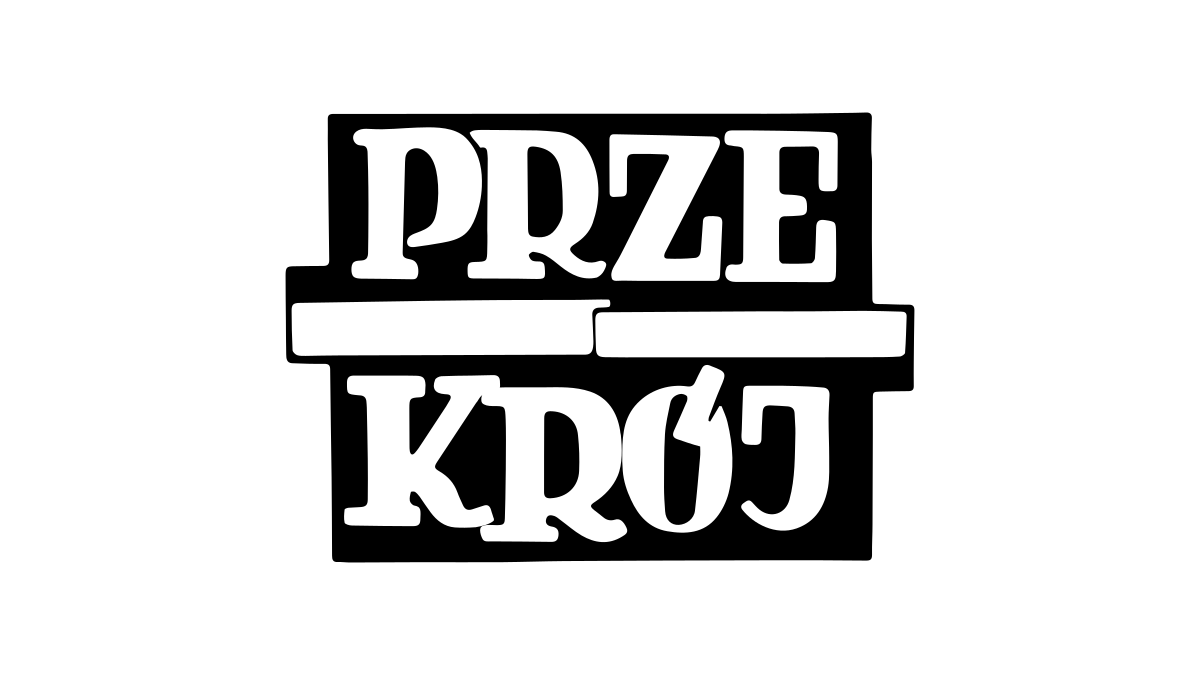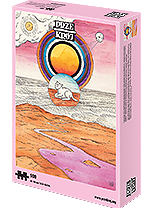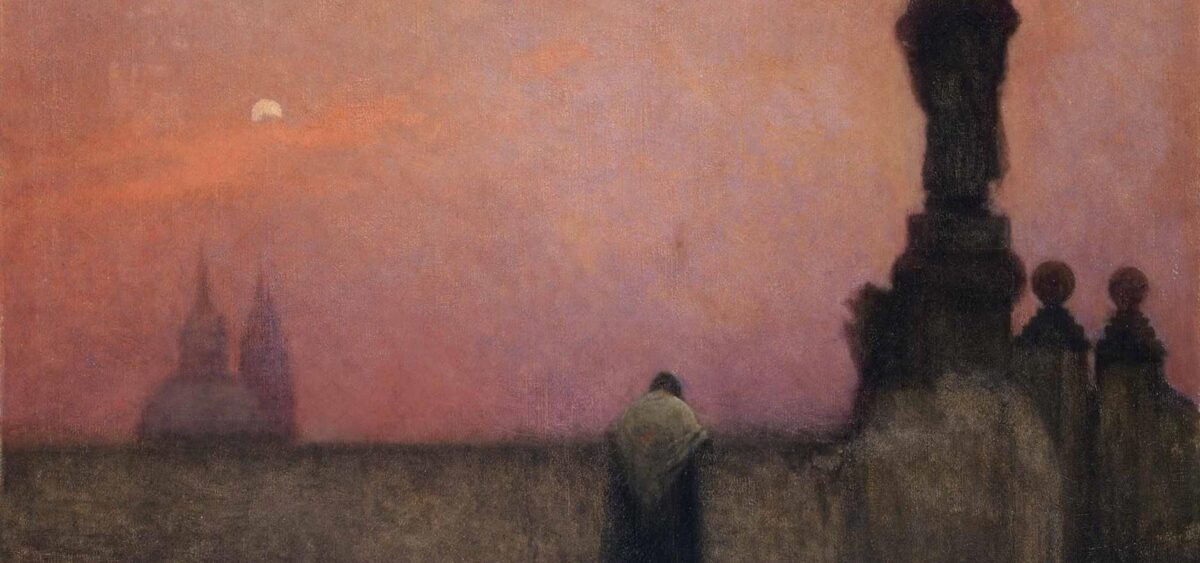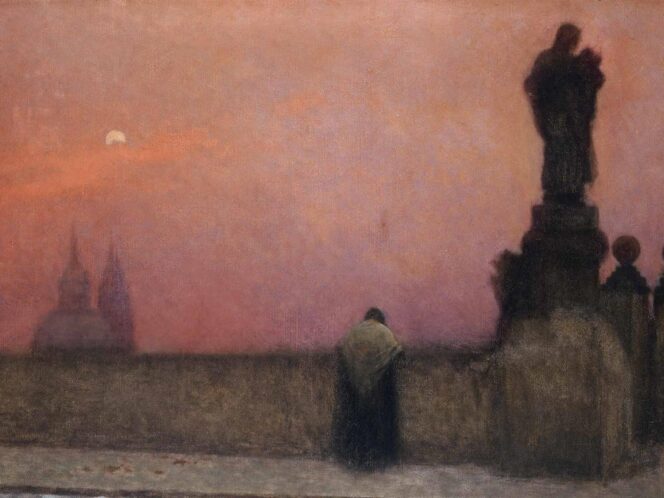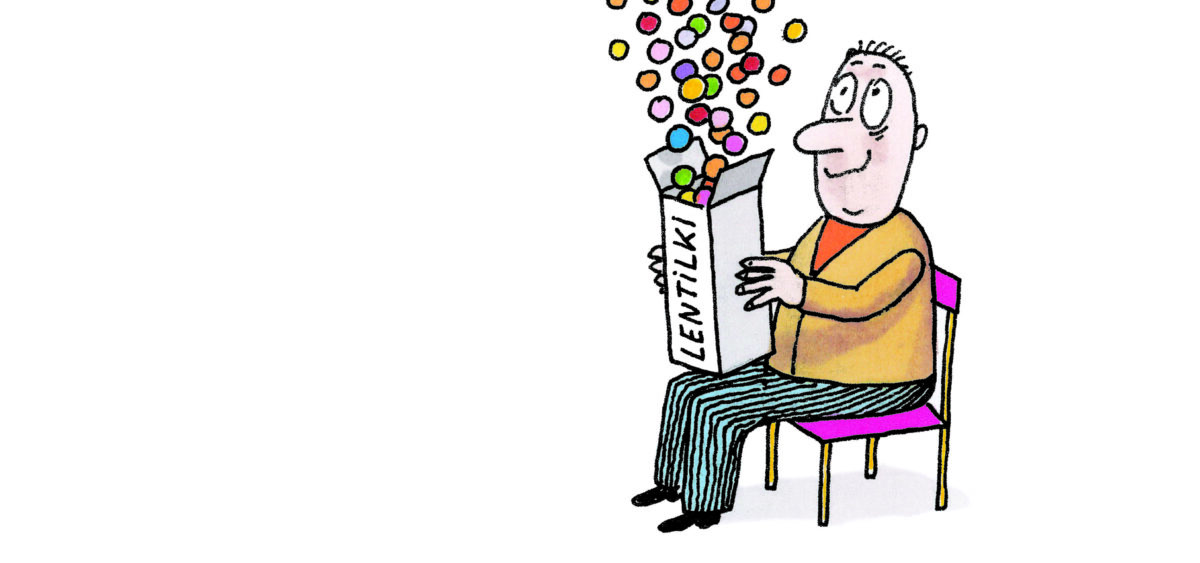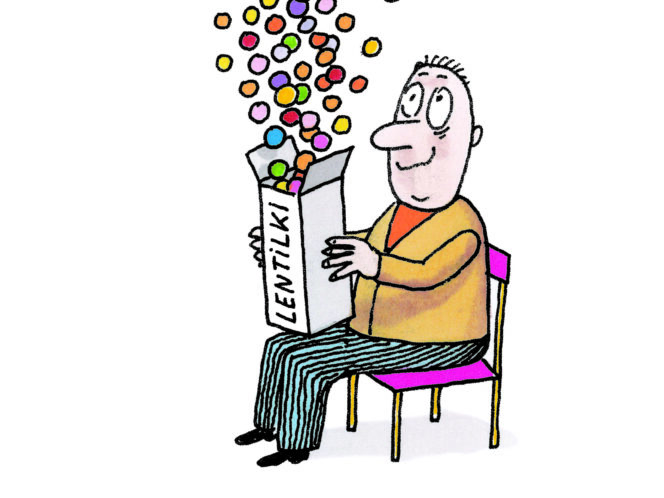
The funeral of a non-existent woman poet, bribes for speaking Czech, and forged manuscripts—it’s not a movie, but the Czech National Revival.
Dvůr Králové on the Elbe river, September 16, 1817. Václav Hanka—poet and librarian in the National Museum of the Kingdom of Bohemia (the predecessor to modern Czechia)—climbs the tower of the St. John the Baptist Church. He focuses his attention on a dusty sheaf of arrows. Raking through it, he comes across yellowed and dirty sheets of parchment. Since he can’t see much in the dark, he carries them downstairs. He starts reading and soon realizes that he’s looking at a true Czech gem. The manuscript, later described as královédvorský (after the name of the town where it was found), includes over a dozen samples of 13th-century Czech poetry, including excerpts from an epic poem praising the victory of the Czechs over foreign invaders. Czech society, which was undergoing a national revival, was hungering for its historic roots—a great heroic past of which to be proud. The English had Beowulf; the Germans had The Song of the Nibelungs. And the Czechs now had their own poem of a magnitude comparable to the Iliad. This was no coincidence.
A Cunning Forgery
A year earlier, poet Josef Linda had also found a manuscript among his books: Píseň Vyšehradská [Vyšehradská Song]. There was nothing particularly suspicious about it. After all, The Holy Cross Sermons—the oldest extant prose text in the Polish language—was discovered in a similar way. But in the case of the unearthed Czech manuscripts, too many of them appeared too quickly. Only a year after Hanka’s discovery, Count Franz Anton von Kolowrat-Liebsteinsky conveniently received an
